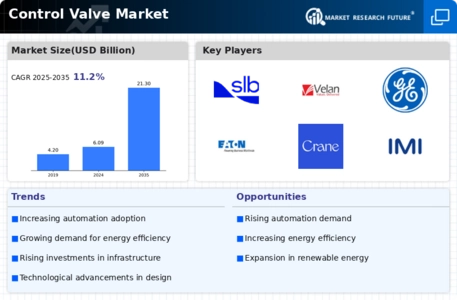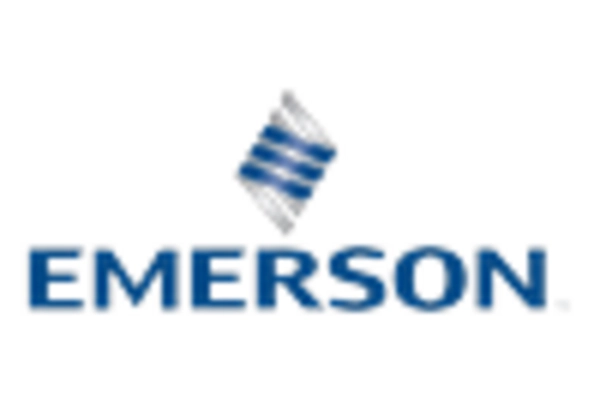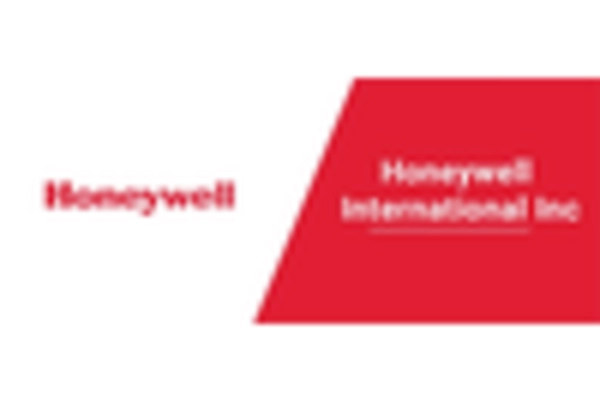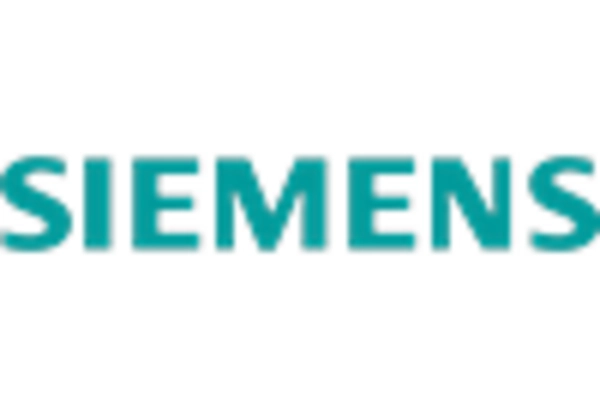Market Share
Control Valve Market Share Analysis
The market of the control valve is an active and competitive area in which companies use different positioning strategies to gain a competitive edge. Differentiated approach is also a popular strategy in which control valves companies are trying to differentiate themselves from competitors by means of special features, high quality, or novel technology. Companies can attract customers in search of innovative solutions by manufacturing valves with advanced capabilities or enhanced performance. The second popular strategy is cost leadership, where companies target establishing plant efficiencies and gaining significant scale to sell control valves at lower costs as compared such ones from competitors. This approach is directed at price-based consumers and seeks to gain a higher market share due to affordability. But it is quite demanding in terms of cost management and efficient production process to remain profitable. Some firms choose a focus market strategy that targets specific industry verticals or applications. Tailoring control valves to fit the requirements of a small segment can turn companies into specialists in that field where they offer highly customized solutions. This approach helps them establish a solid reputation in the specified niche, ensuring customer fidelity and offsetting real fluctuations across contemporary markets. Market positioning also widely uses collaboration and strategic partnerships. Companies frequently enter collaborative arrangements with technology vendors, distributors or even target markets to increase their market share and influence. These partnerships opened new markets to businesses, shared resources and competencies making them more competitive. In addition, geographical growth is an important strategy used by manufacturers of control valves. Companies can gain access to emerging markets and a new pool of customers by entering new regions or countries. To be successful in this strategy, one must know the specific requirements of each market and customize products accordingly. There is a tendency towards customer-centric approaches in the control valve market as well. The company’s brand loyalty is fostered by building a strong relationship with customers through exceptional service, prompt support and consistent interaction. Happy customers tend to be more loyal, leading to positive WOMM and continued patronage. Market share positioning in the control valve industry is based on innovation. Companies can differentiate themselves through investments in research and development, by introducing new technologies or improving existing ones. Innovation acts as an accelerator to innovation for enhancing energy efficiency, digitalization, and environmental sustainability performance by staying account of the dynamic market. Thriving in the long run involves adapting to regulatory changes and industry standards.

















Leave a Comment